Explore V Show
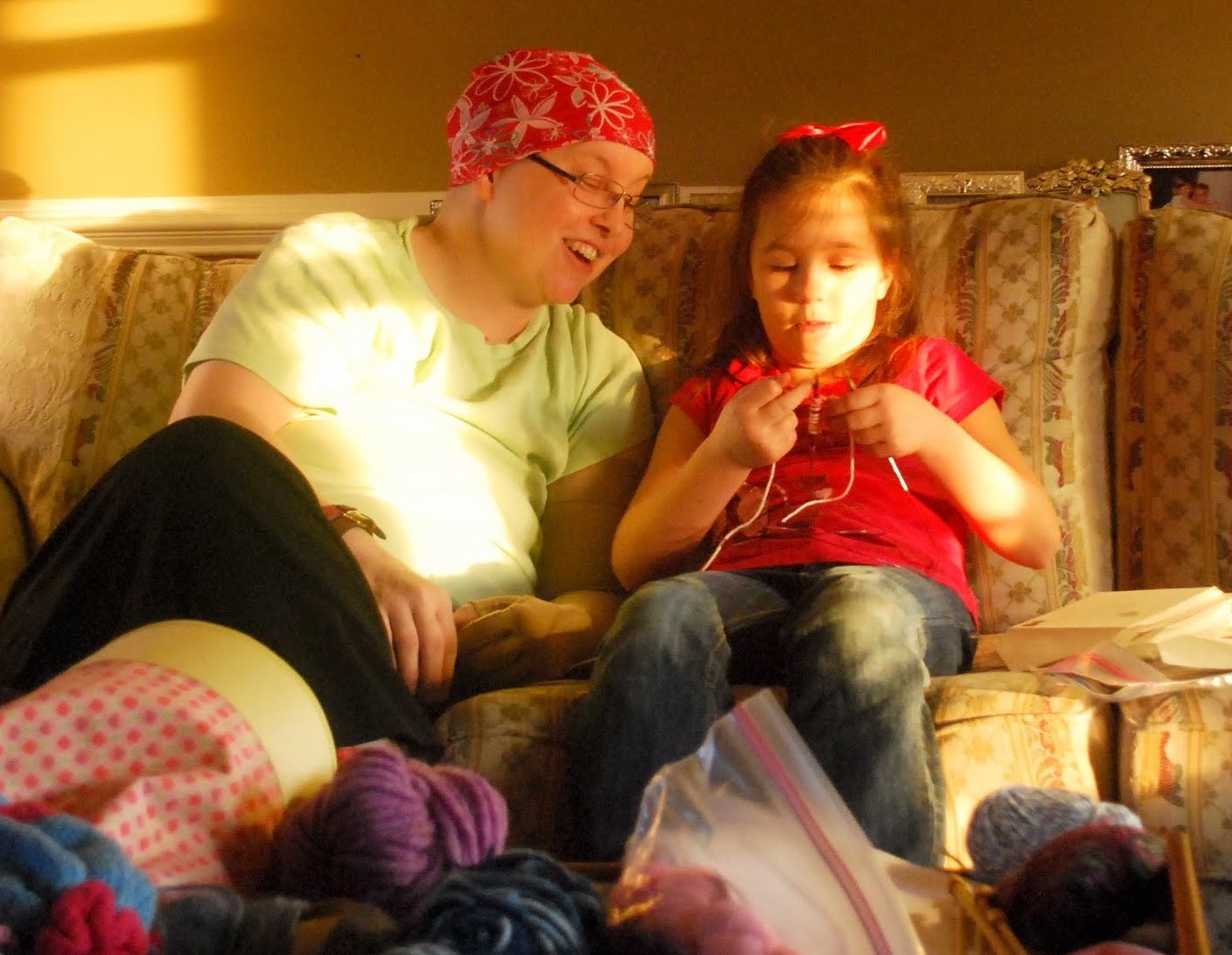
What is the fine line between intervention and assistance?
Like a plant drawn to the sun, humans flourish where there is acceptance and permission to be who they are. I believe this is our fundamental intention as educators, parents, therapists, and friends. We try to create an emotional and social space for all to express themselves freely and grant others the same quality.
Such an atmosphere amplifies inner abilities to be explored in a safe place.
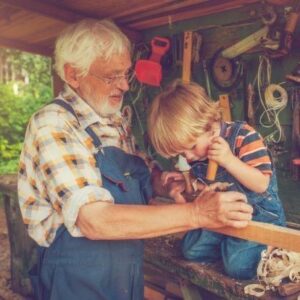
Our soul goes through mysterious secret processes that we cannot foresee. Most of them are not cognitive; rather, they derive from our body, the unconscious, our history, memories, imagination, and rhizomatic links between them.
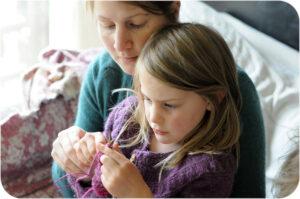
Thus, we can comprehend our understanding of a person by mostly looking backward. This is why the facilitator, teacher, or therapist, will document the processes as they unfold. To get to know a child, we need to be attuned to the qualities of their play, how they use materials and objects, and how they are a part of their peer group.
With such an observational foundation, we will be more accurate in answering questions such as:
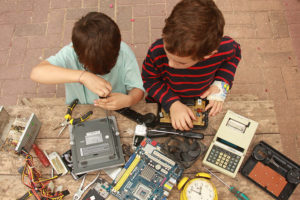
Should I join?
How?
When?
When does it contribute, and when is it impinging?

AnjiPlay – Suzanne Axelsson
It is a delicate line, and most of us find it difficult to pause.
Why is it difficult to observe and wait?
It is challenging for most of us to be in a not-knowing position.
It is also demanding to wait and notice as, culturally, we are bound to correct others quickly. Moreover, we crave quantitative answers, and thus, we tend to “teach” too much.
It is easier to operate our automatic pilot.
Nonetheless, observing means, you make space within yourself to notice the Other.
You set aside your knowledge, experience, and memories, breath, and try to perceive: what do I see now?
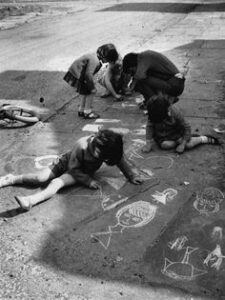
Observation needs modesty.
I have noticed that creating a space within for others is also a cultural quality. My Japanese and Italian colleagues have a slower pace in responding than I do as an Israeli.
I try to adapt to this moderation in my meetings. This rhythm and attitude convey feelings of acceptance, relaxation, and well-being.
Watch your observations, write down your thoughts, and adjust if necessary.
Written as a part of the #GrammerOfDrawing project, as a reply to this issue in an online discussion.
Roberta Pucci’s post on this is here
Suzanne Axelsson’s post is here
Knitting images by Elizabeth Dehority.